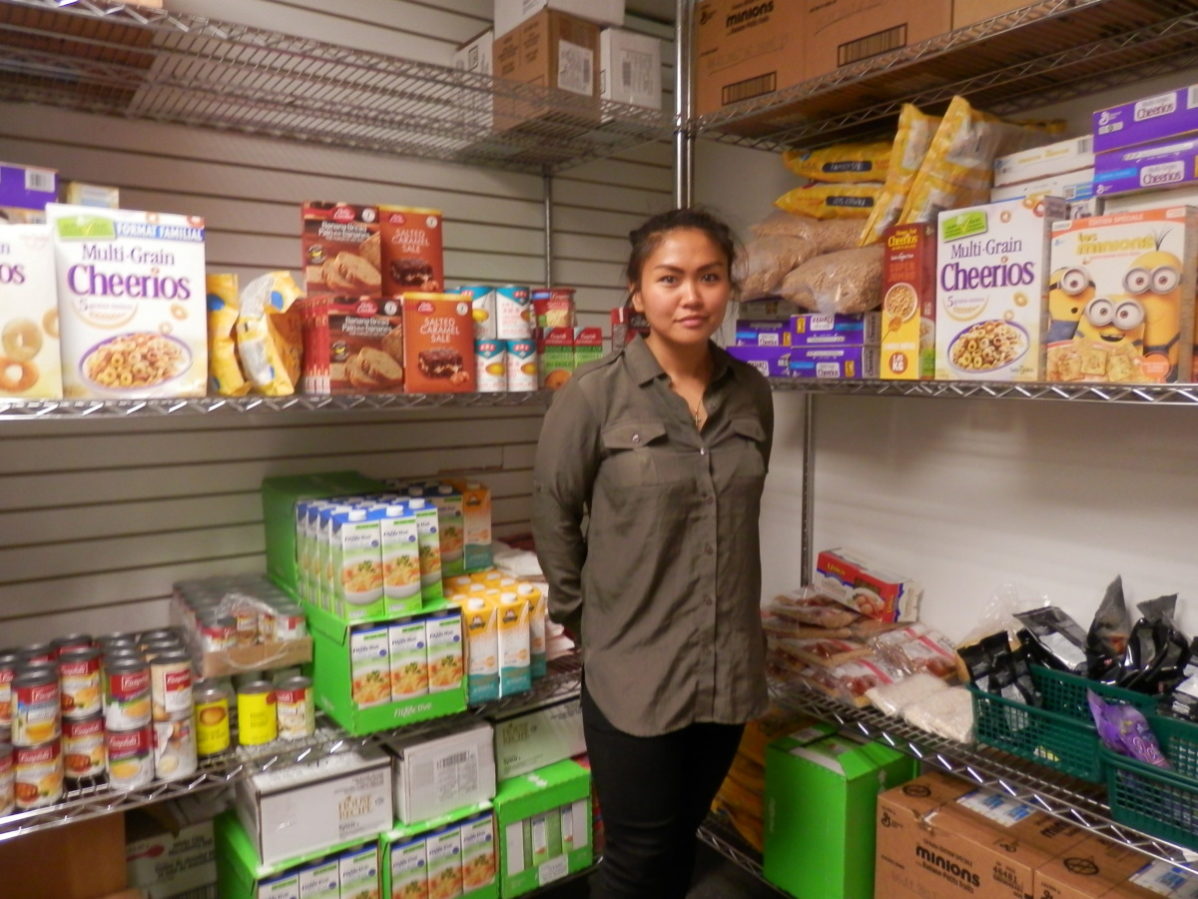George Brown College food bank has registered nine international students for every Canadian student, says co-ordinator
With hikes in rent, transportation and food prices, the cost of living in Canada is constantly rising with each passing year.
The recent Daily Bread Food Bank report shows that food bank visits are back to levels not seen since the 2008 financial crisis.
Until 2015, statistics demonstrated a drop in client visits. Following that period, Toronto’s food banks have seen a significant rise in consumers.
The Daily Bread Food Bank and North York Harvest Food Bank saw 990,970 visits from April 2016 to March 2017. That is 24 per cent more compared to visits in 2008.
The increase is surprising as standard economic indicators, like the unemployment rate, are performing well.
“All these numbers raise questions and point to a state of affairs that is not being captured by standard economic indicators,” said Gail Nyberg, executive director of the Daily Bread Food Bank in a press release.
Food bank usage at George Brown College (GBC) is also increasing. Between May 2016 and April 2017, the number of households using the bank increased by 27.9 per cent and the number of visits went up 19.6 per cent compared to the previous year.
The 2015-16 numbers could have been lower due to the Casa Loma food bank being closed for renovations during the summer of 2015.
Both, the statistics of GBC and Daily Bread reveal the number of users born outside of Canada is increasing. This is the category where international students would fit, although they are not classified by immigration status at GBC.
“I don’t know the exact amount, but we do have an increase of international students food bank users every single year,” said Ronnie Cruz, community services co-ordinator at the Student Association. “I can tell you based on how many people register, the ratio is one Canadian to nine international students.”
Cruz believes inflation is the primary reason for this trend.
“Everything is increasing every single year, your rent, food cost, tuition, text books,” she said. “A lot of times students struggle between buying a text book or buying food for themselves.”
But it’s also because international students have to adapt to a new environment.
“Sometimes they don’t know how to budget for food, because they don’t know how much it costs, or where to buy affordable food items,” Cruz said.
According to the Who’s Hungry report, low income is one of the main reasons people use food banks. The number of food bank clients with higher education is also increasing. In 2007, 23 per cent of food bank users had post-secondary education. This year, 35 per cent of food bank users have a college diploma or university degree.
The student food bank at GBC is open to all students that need support.
One can donate to the GBC food bank at Casa Loma, St. James or Waterfront campus. An alternate way to support is by encouraging classmates, who struggle financially, to use the services of the food bank.
“Let them know that this service exists and they shouldn’t be ashamed of using a service like this,” said Cruz. “We all go through struggles, we all go through unexpected things in our lives.”


